Have you ever noticed how your mood shifts when a cat curls up next to you? Or how that soft purr can melt away even the toughest day’s worries? There’s something almost magical about the way cats seem to tune into our emotions. It’s as if they’re secret therapists with fur and whiskers, working their quiet magic without us even asking. But is there real science behind this cozy companionship, or is it just wishful thinking from cat lovers? Let’s unravel the truth about cats and emotional co-regulation, and discover just how deeply our feline friends shape the climate of our hearts and homes.
What Is Emotional Co-Regulation?

Emotional co-regulation might sound like a term straight out of a psychology textbook, but it’s really about something we all experience—sharing and soothing emotions together. When two beings, human or animal, influence each other’s feelings and responses, that’s co-regulation in action. Think of it like a dance: sometimes you lead, sometimes you follow, but you’re always moving in sync. For cat owners, this dance can be as simple as a gentle headbutt after a tough day or a warm purr that calms a racing heart. Emotional co-regulation isn’t just about comfort, though—it can help people manage stress, anxiety, and even loneliness, all through the power of connection.
The Science of Cat-Human Bonding

It’s not just your imagination—cats really do form strong bonds with their humans. Recent studies have shown that cats are capable of secure attachments much like dogs and even children. When a cat feels safe and loved, it responds with affection and trust, often mirroring the mood of its favorite people. Hormones like oxytocin, sometimes called the “love hormone,” are released in both humans and cats during positive interactions. This chemical connection helps explain why petting a cat can feel so soothing, and why your cat might seek you out when you’re feeling blue. Over time, this bond becomes a foundation for emotional co-regulation, with both parties finding comfort in each other’s presence.
Cats and Stress Relief

If you’ve ever found yourself absentmindedly stroking a cat and suddenly realizing your shoulders have relaxed, you’ve experienced the stress-busting power of feline companionship. Research has shown that interacting with cats can lower cortisol, the body’s main stress hormone. The simple act of petting a cat or listening to its purr can trigger a relaxation response, slowing your heart rate and calming your mind. Cats, with their serene demeanor and unhurried movements, often bring a sense of peace to a chaotic environment. It’s almost as if they carry a little bubble of calm with them wherever they go—a soothing presence in a noisy world.
The Healing Power of Purring
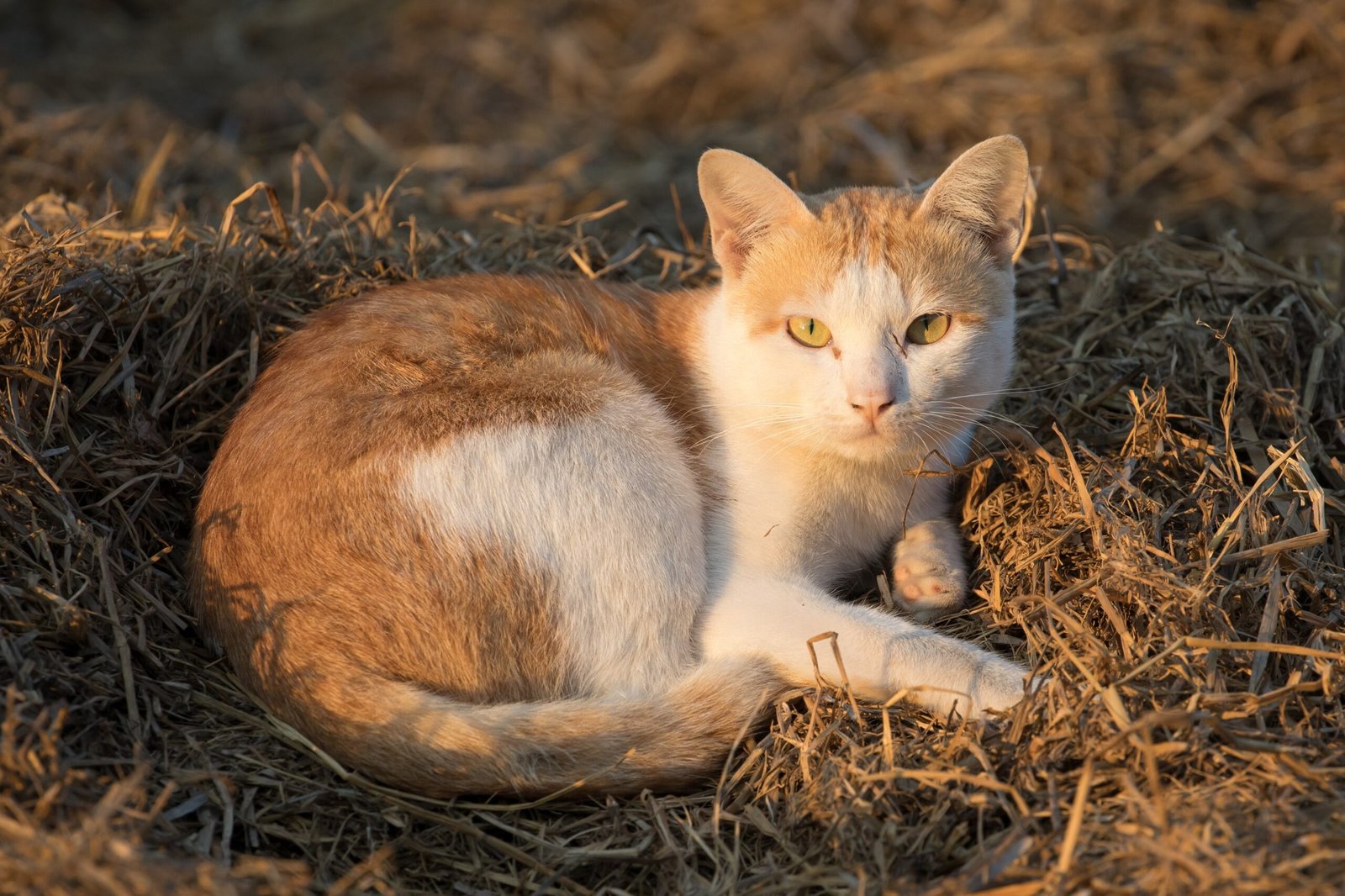
There’s a reason why cat purrs are often called “nature’s lullaby.” Purring isn’t just a sign of contentment—it’s been linked to actual healing properties. Studies suggest that the frequency of a cat’s purr (typically between 25 and 150 Hertz) can promote tissue regeneration and reduce pain in both cats and humans. Some people say that lying next to a purring cat feels like a gentle massage for the soul, easing away tension and worry. The sound and vibration of a purr can act as a natural form of therapy, helping regulate emotions and restore balance after a stressful day.
Cats as Empathetic Companions
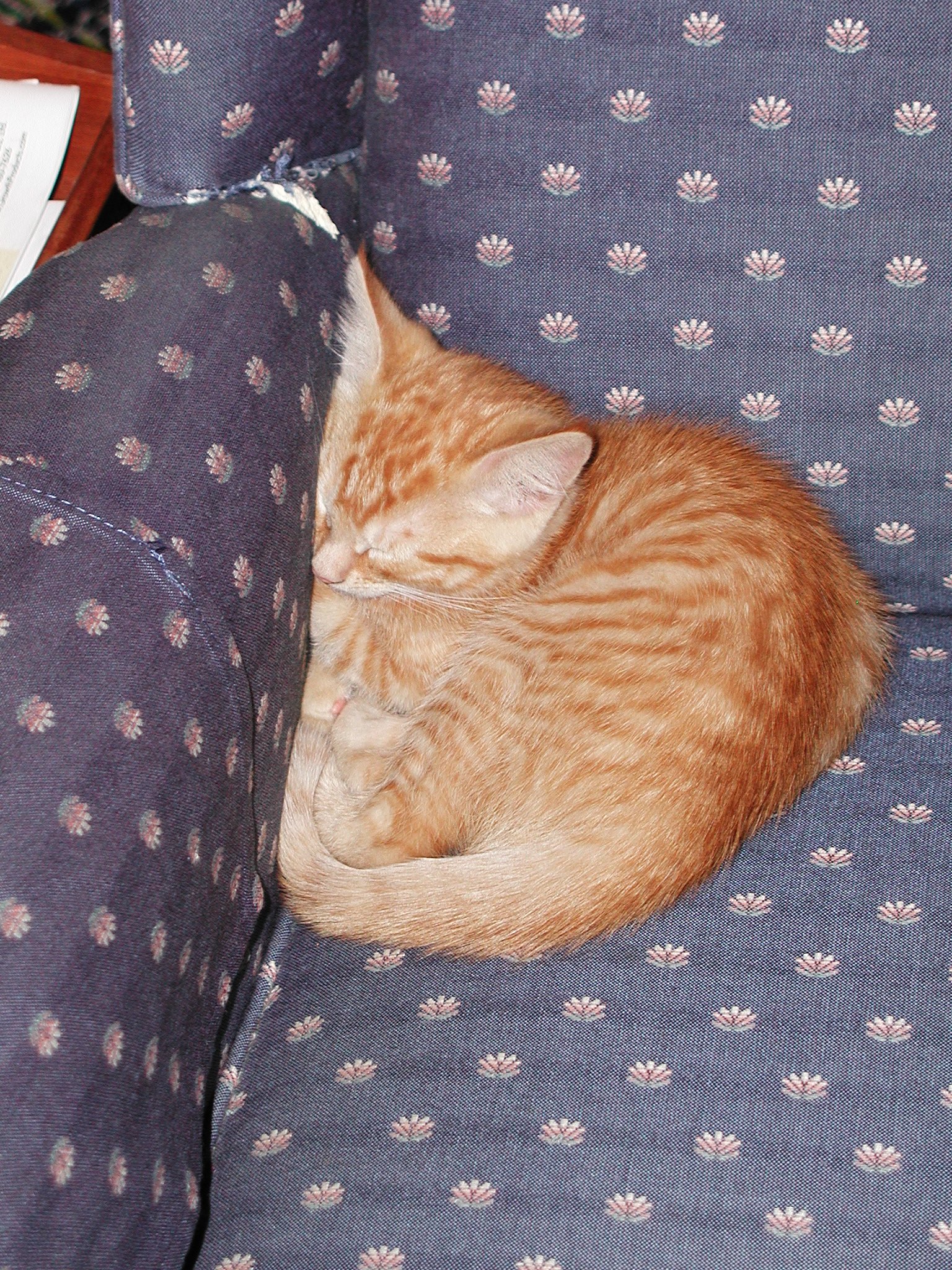
Many cat lovers swear their feline friends know exactly when they need comfort. It’s not unusual for a cat to appear by your side when you’re sad, sick, or simply overwhelmed. While cats might not understand every nuance of human emotion, they are sensitive to changes in body language, tone of voice, and routine. This sensitivity allows them to respond in ways that feel deeply empathetic—curling up on your lap during a tearful moment or gently nudging your hand when you’re lost in thought. For many, these small gestures are a lifeline, proof that someone cares even when words fail.
Recognizing Your Cat’s Emotional Cues

Just as cats seem to sense our moods, they also communicate their own feelings—often in ways that are easy to miss if you’re not paying attention. A slow blink, a twitching tail, or a soft meow can all be signs of a cat’s emotional state. Learning to read these cues is key to building a strong co-regulatory bond. When you respond to your cat’s needs—whether that’s offering a quiet cuddle or giving them space—you reinforce the trust between you. This back-and-forth creates a safe, supportive environment where both human and cat can thrive emotionally.
The Role of Routine in Emotional Safety

Cats are creatures of habit, and routines help them feel secure. Regular feeding times, play sessions, and quiet moments together create a comforting rhythm for both you and your cat. This predictability reduces anxiety and fosters a sense of safety, making emotional co-regulation easier. When life gets chaotic, sticking to your cat’s routine can help anchor you both. The familiar rituals of daily care—scooping the litter box, filling the food bowl, sharing a sunny window—become acts of mutual reassurance, quietly affirming that all is well in your shared world.
Cats and Childhood Emotional Development
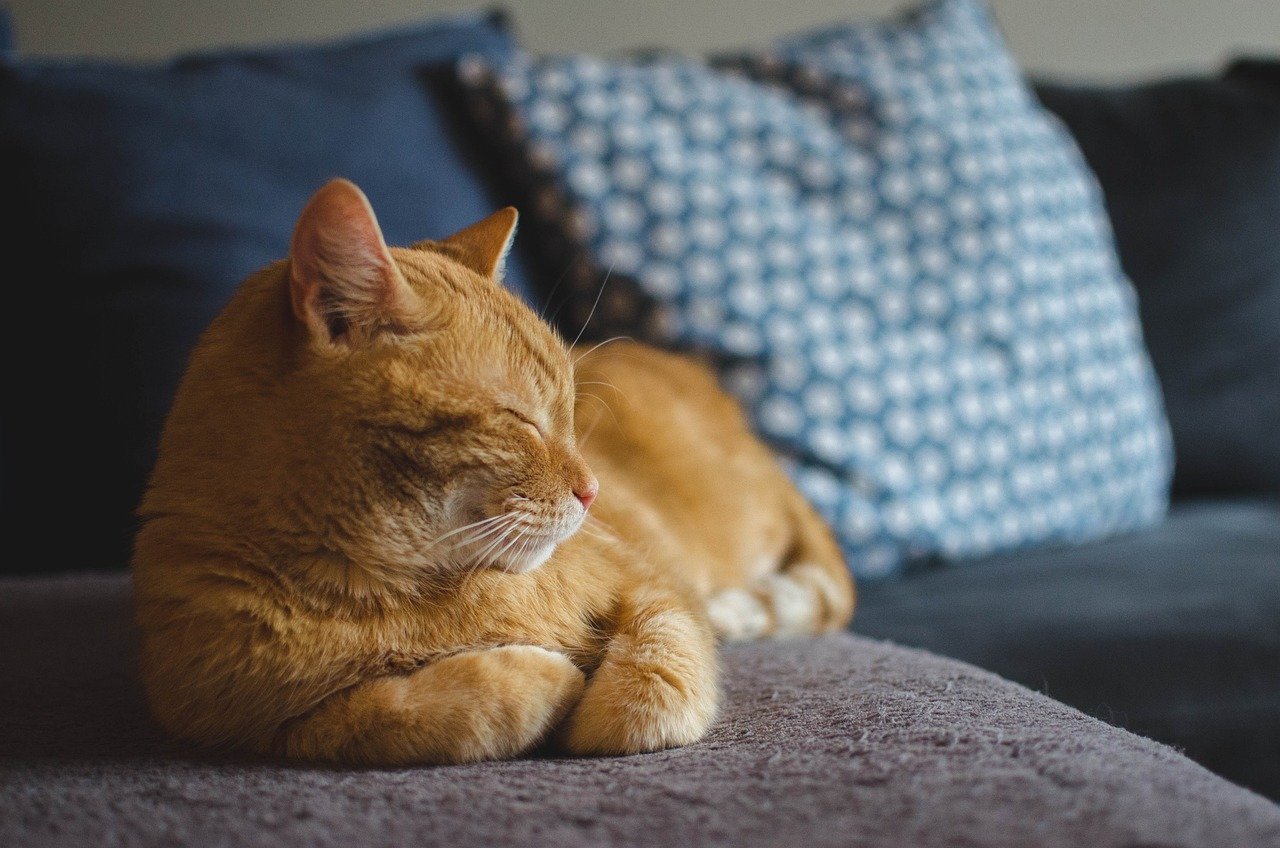
For children, growing up with a cat can be a powerful lesson in empathy, responsibility, and emotional awareness. Kids who care for cats often learn to recognize and respect boundaries, interpret nonverbal cues, and respond to another being’s needs. These skills are at the heart of emotional co-regulation, laying a foundation for healthy relationships later in life. A cat’s gentle presence can also provide comfort during difficult times, offering a nonjudgmental friend when human support feels out of reach. In many homes, the family cat becomes a silent mentor, teaching kids how to love and be loved.
Cats and Mental Health Support
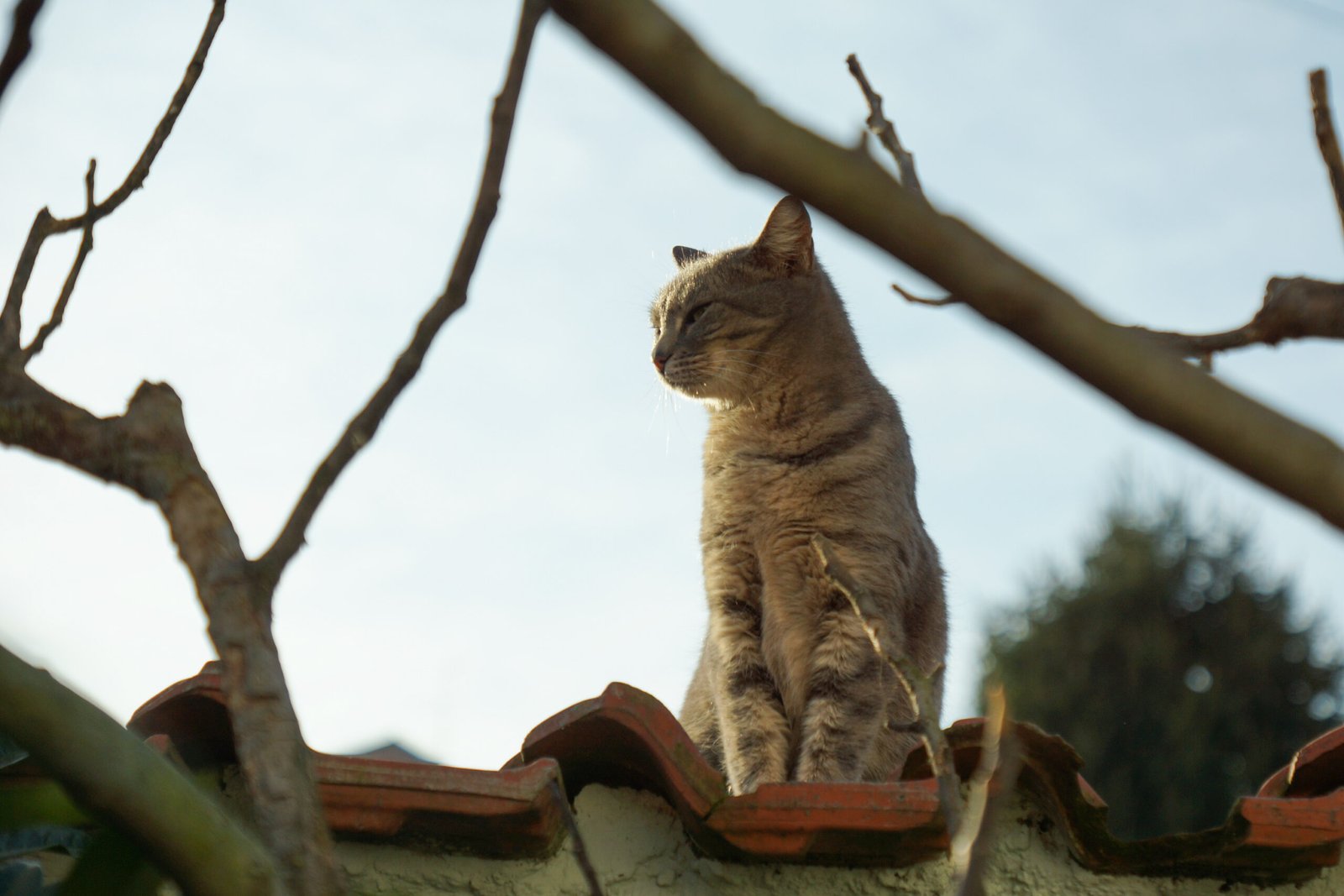
For people struggling with depression, anxiety, or loneliness, cats can be a lifeline. The steady companionship of a cat provides structure and purpose—a reason to get out of bed, to care for another, to keep going. Many mental health professionals now recognize the therapeutic value of feline friends, even recommending cats as emotional support animals. The quiet, undemanding affection of a cat can break through feelings of isolation, offering comfort without the pressure of conversation or explanation. Sometimes, a warm body curled up on your lap is all the reassurance you need that you’re not alone.
The Mutual Benefits of Co-Regulation
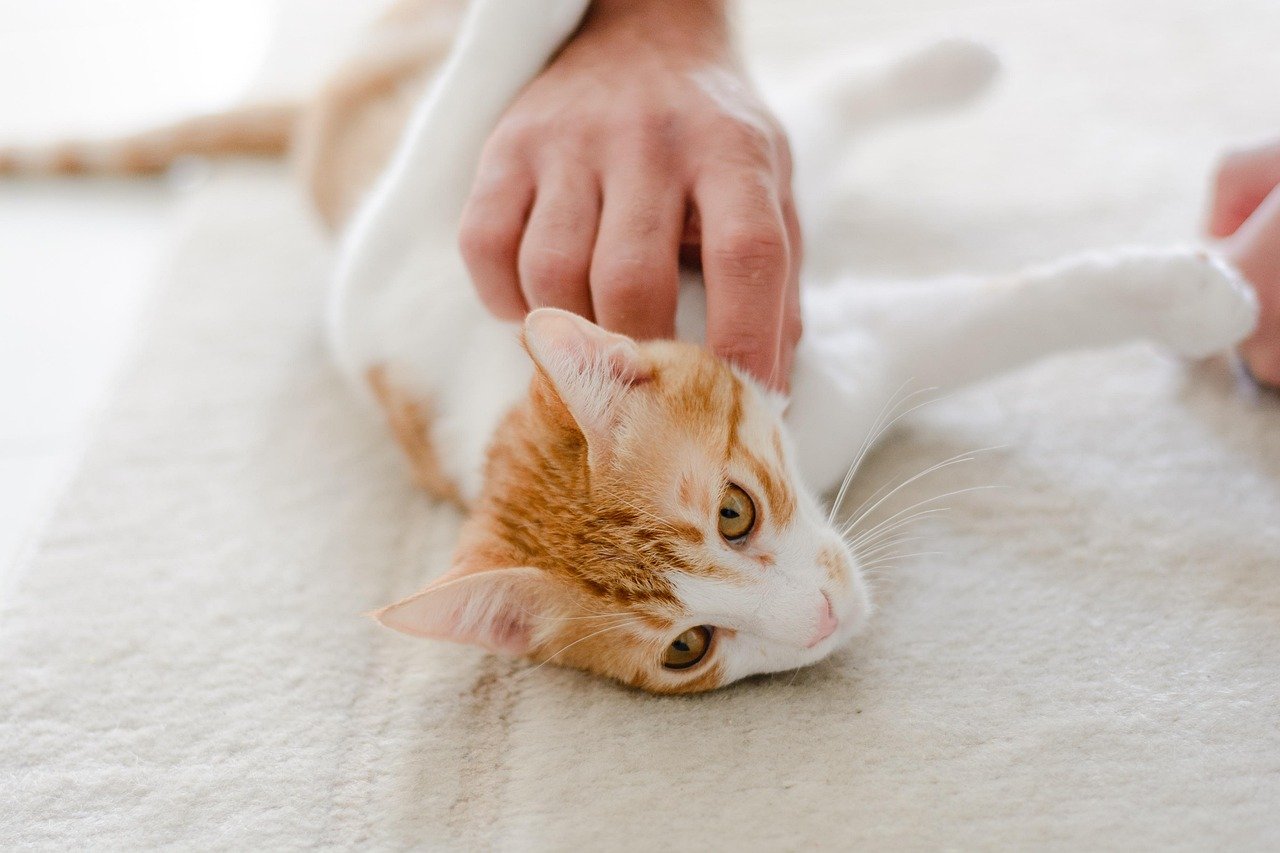
Emotional co-regulation isn’t a one-way street—cats benefit from it, too. When you’re calm and affectionate, your cat feels safe and secure. Stress in the household, on the other hand, can make cats anxious or withdrawn. By working together to create a peaceful environment, both human and cat enjoy better mental and emotional health. It’s a partnership built on trust, communication, and mutual care. The more you invest in your relationship with your cat, the stronger the co-regulatory bond becomes, enriching both your lives.
Cats in Therapy and Assisted Living
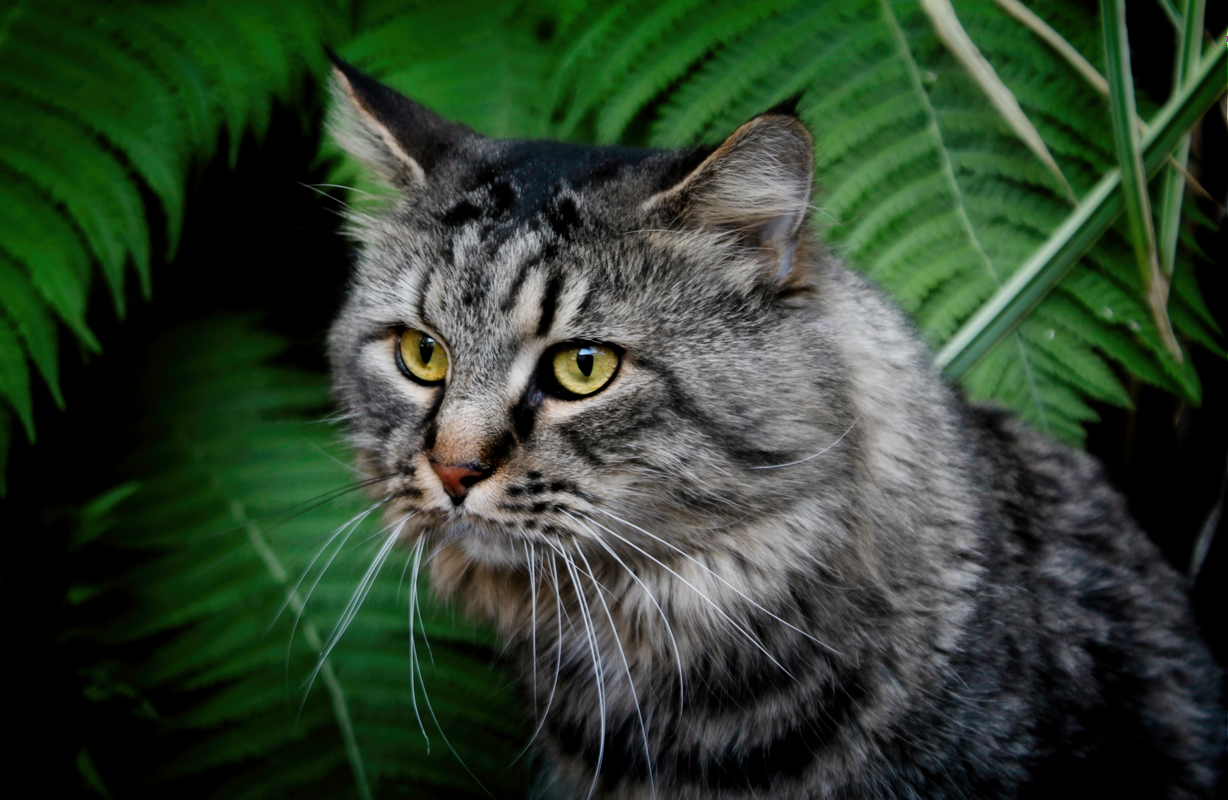
Cats aren’t just home companions—they’re increasingly found in therapy settings, nursing homes, and assisted living facilities. Their gentle presence can bring comfort to people dealing with trauma, grief, or memory loss. Therapy cats are selected for their calm temperament and trained to interact safely with people of all ages and abilities. The simple act of petting a cat can lower blood pressure, ease agitation, and spark moments of joy in those who need it most. In these settings, cats become silent healers, bridging the gap between emotional pain and peaceful presence.
The Power of Touch: Petting and Bonding
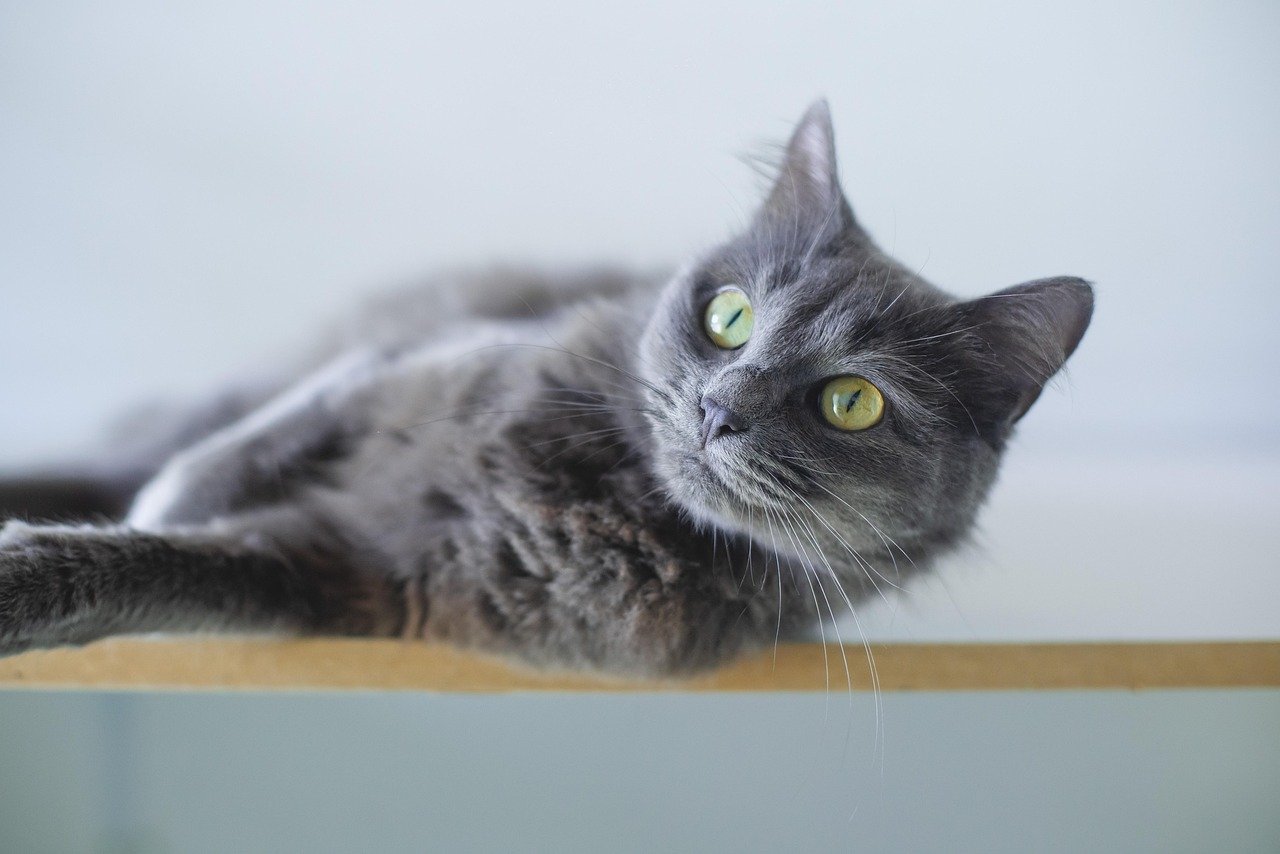
There’s something almost magical about running your fingers through a cat’s fur. The act of petting isn’t just pleasant—it’s a powerful way to build emotional connection. Touch releases endorphins in both the petter and the petted, creating a sense of warmth and well-being. For cats, gentle touch reinforces trust and affection. For humans, it can be grounding, helping regulate emotions and reduce anxiety. Whether it’s a slow stroke down the back or a playful chin scratch, touch is the language of love between cat and owner.
How Cats React to Human Emotions

Cats are surprisingly tuned in to human feelings. They can pick up on subtle changes in your voice, posture, and even smell. When you’re upset, your cat might approach more slowly or offer a gentle nuzzle. If you’re happy and animated, your cat may join in the excitement with playful antics. This ability to read and respond to emotional cues is part of what makes cats such effective co-regulators. They don’t judge or offer advice—they simply share the moment with you, whatever it may hold.
The Limits of Feline Co-Regulation
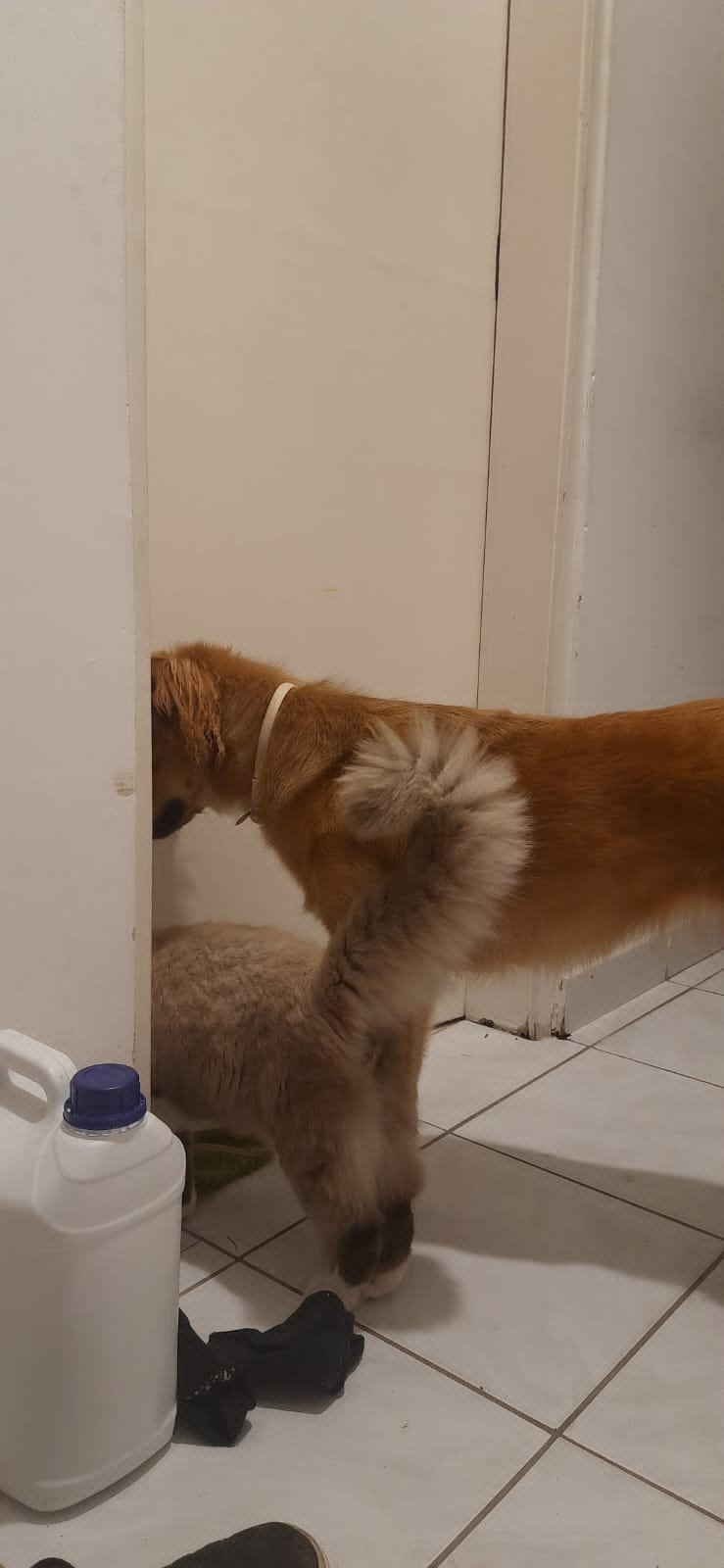
While cats are incredible companions, they’re not mind-readers or miracle workers. Some cats are more independent or aloof, preferring quiet observation to overt affection. Others may be sensitive to stress and need extra reassurance themselves. It’s important to remember that co-regulation is a partnership—it requires patience, understanding, and respect for your cat’s unique personality. Not every cat will respond the same way, and that’s okay. The key is to meet each other where you are, building a bond that honors both your needs.
When Cats Need Emotional Support
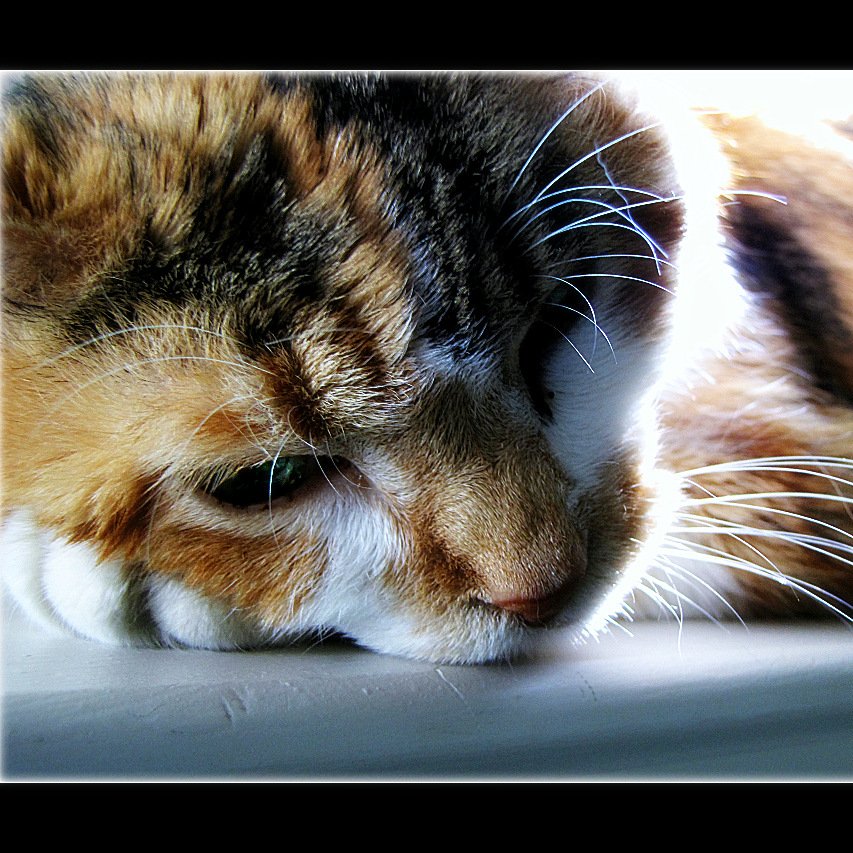
Just like humans, cats can experience stress, anxiety, and even depression. Changes in routine, unfamiliar visitors, or the loss of a companion can all take a toll on your cat’s emotional health. Signs of distress might include hiding, changes in appetite, or excessive grooming. When your cat is struggling, your calm presence and gentle care can make a world of difference. Sometimes, simply sitting quietly together is enough to reassure a worried cat. Being attuned to your cat’s emotional needs strengthens the co-regulatory bond, creating a circle of care that benefits you both.
Adopting Cats for Emotional Well-Being
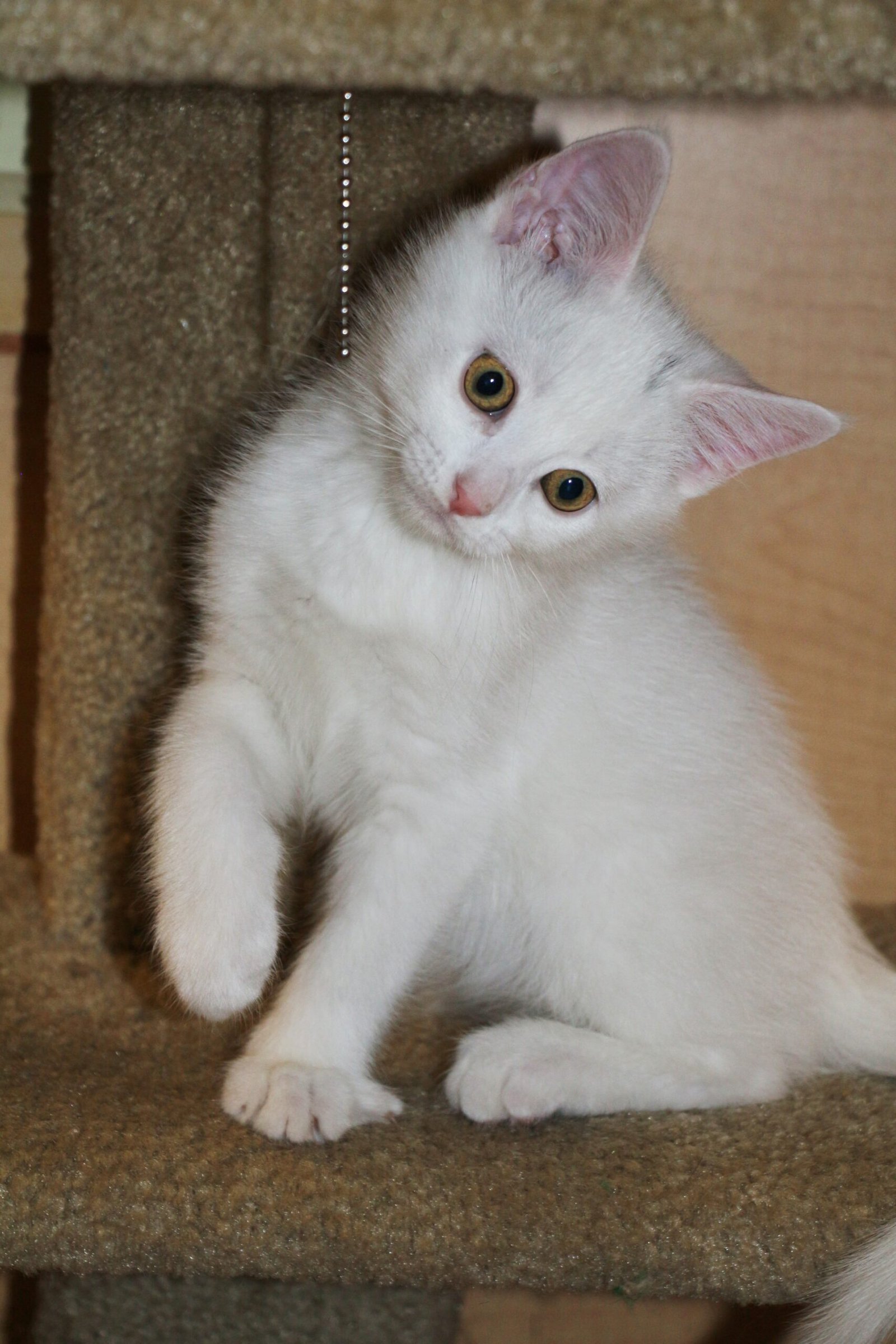
Many people choose to adopt cats specifically for their calming influence and emotional support. Whether you’re seeking companionship after a loss or looking for a furry friend to share your daily life, adopting a cat can bring unexpected joy and healing. Shelters are full of cats of all ages and personalities, each with their own unique gifts. When you welcome a cat into your home, you become part of a beautiful exchange of comfort and care. The act of adoption itself is a powerful statement of hope—an invitation to share love and healing with a kindred spirit.
The Unique Co-Regulation Styles of Different Cats

No two cats are exactly alike, and each brings a unique style to the co-regulation dance. Some cats are outgoing and affectionate, always ready for a cuddle or game. Others are more reserved, offering quiet companionship from a sunny windowsill. Still others express their love through playful antics or gentle headbutts. Getting to know your cat’s individual style is part of the fun—and the challenge—of building a deep emotional bond. By honoring your cat’s preferences, you create a safe space for both of you to thrive emotionally.
Cats and Mindfulness
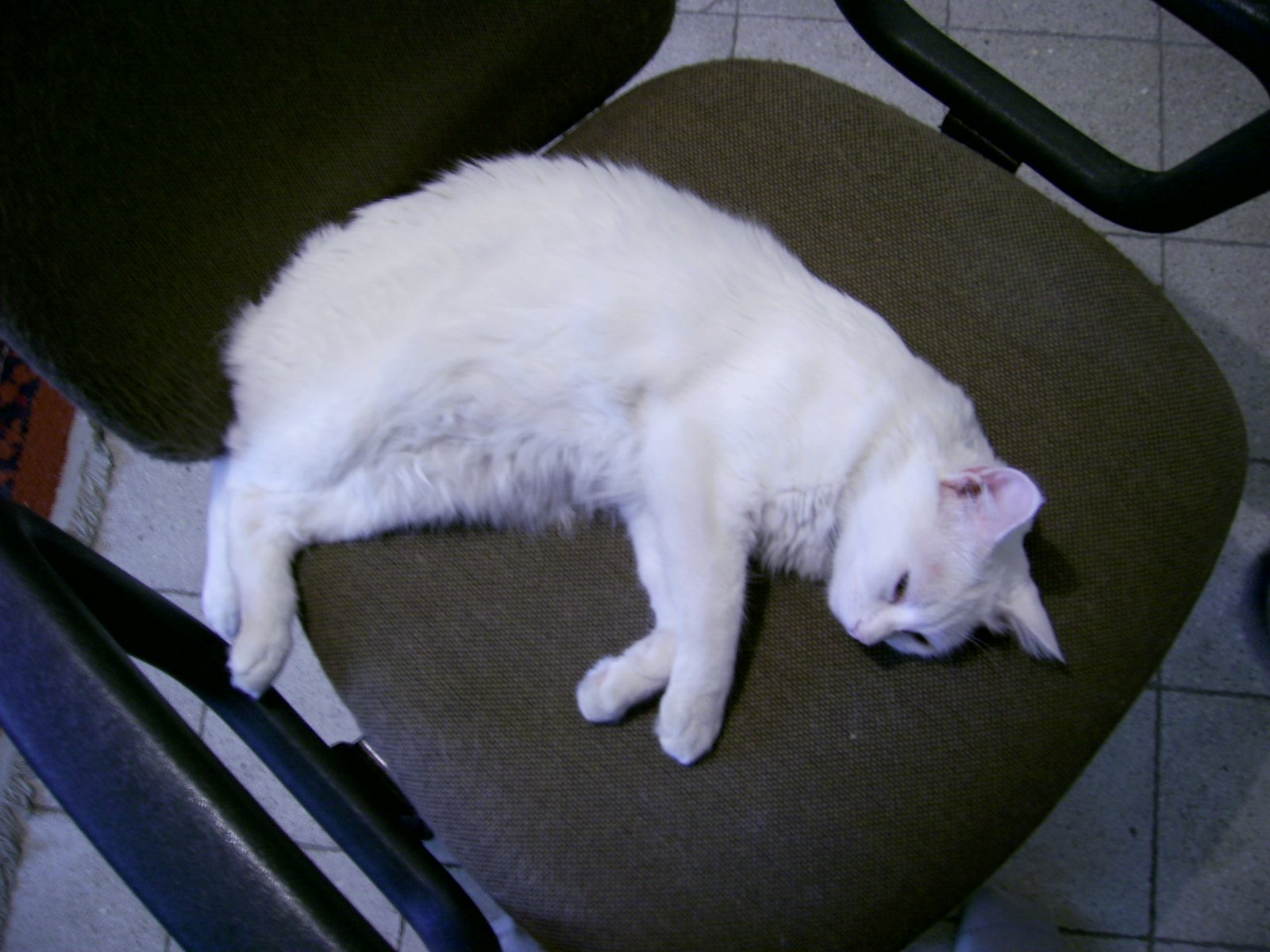
Living with a cat can be a lesson in mindfulness. Cats have an uncanny ability to focus on the present moment, whether they’re chasing a sunbeam or savoring a nap. This mindful presence can be contagious, encouraging us to slow down and savor life’s simple pleasures. Watching a cat stretch, groom, or play can remind us to breathe, relax, and let go of worry. In a world that’s always rushing, cats invite us to pause and appreciate the beauty of now—a powerful tool for emotional regulation.
The Challenges of Co-Regulating with Multiple Cats

Sharing your home with more than one cat adds another layer of complexity to emotional co-regulation. Each cat has its own needs, preferences, and ways of seeking comfort. Balancing these personalities can be a delicate dance, requiring patience and creativity. Sometimes, cats will co-regulate with each other, forming tight bonds that enrich the whole household. Other times, they may need extra space or reassurance from their human. Navigating these dynamics can be challenging, but it’s also deeply rewarding, offering endless opportunities for growth and connection.
The Long-Term Impact of Cat Companionship

Over the years, the emotional benefits of living with a cat can be profound. Many cat owners report lower levels of stress, greater resilience in the face of adversity, and a stronger sense of connection to the world around them. The daily routines of care and companionship become touchstones of stability, grounding us through life’s ups and downs. Even as cats age and eventually leave us, their influence lingers—a gentle reminder of the healing power of love, presence, and shared moments. In the end, the truth about cats and emotional co-regulation is simple: they change us, for the better, in ways both big and small.
Hi, I’m Bola, a passionate writer and creative strategist with a knack for crafting compelling content that educates, inspires, and connects. Over the years, I’ve honed my skills across various writing fields, including content creation, copywriting, online course development, and video scriptwriting.
When I’m not at my desk, you’ll find me exploring new ideas, reading books, or brainstorming creative ways to solve challenges. I believe that words have the power to transform, and I’m here to help you leverage that power for success.
Thanks for stopping by, Keep coming to this website to checkout new articles form me. You’d always love it!






